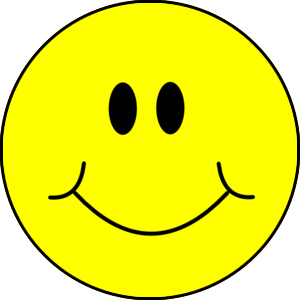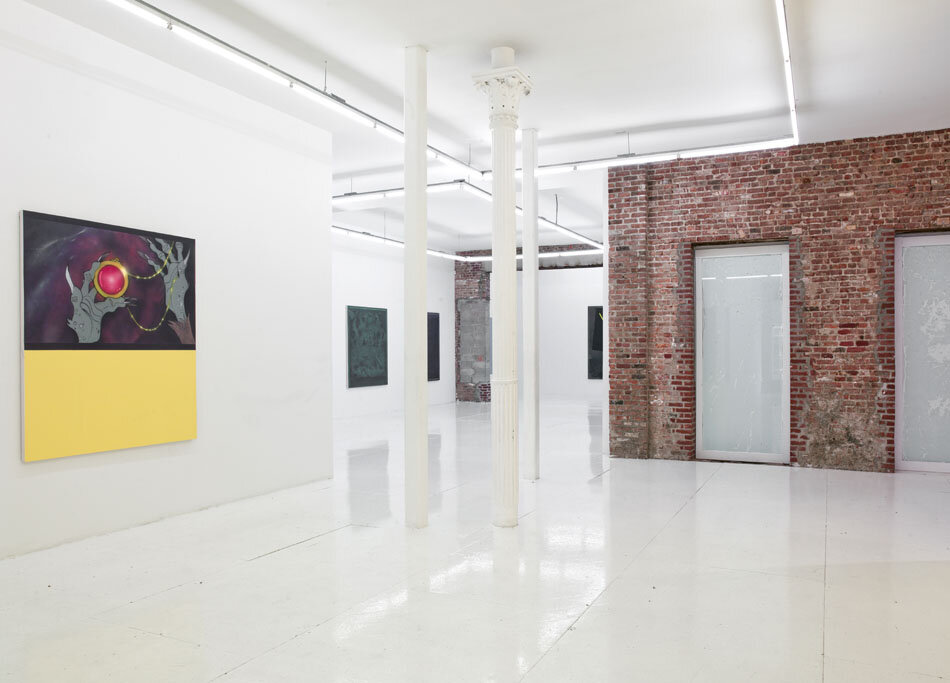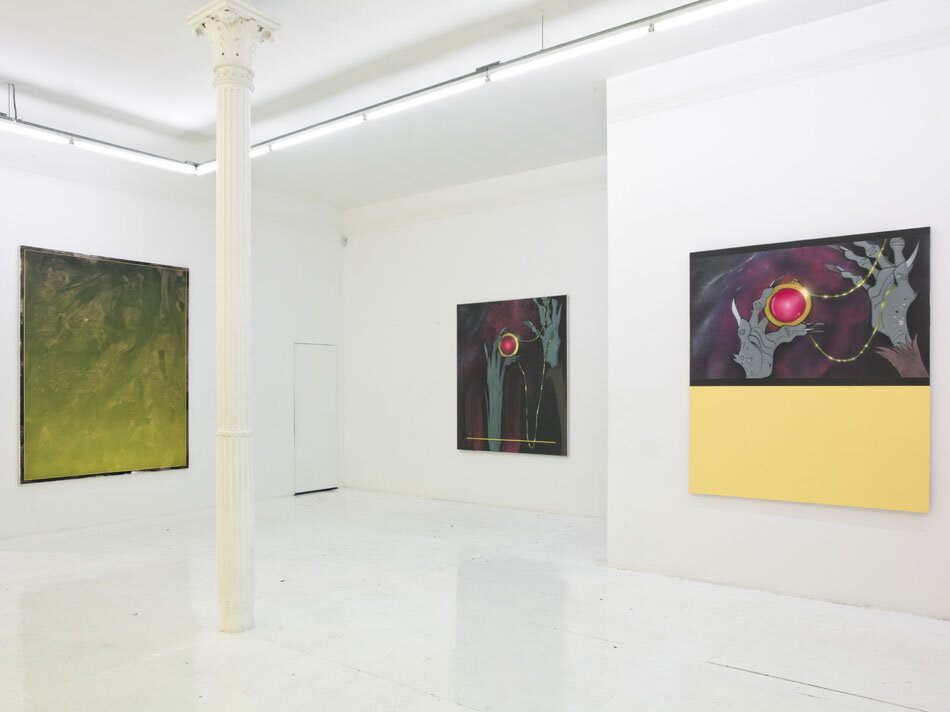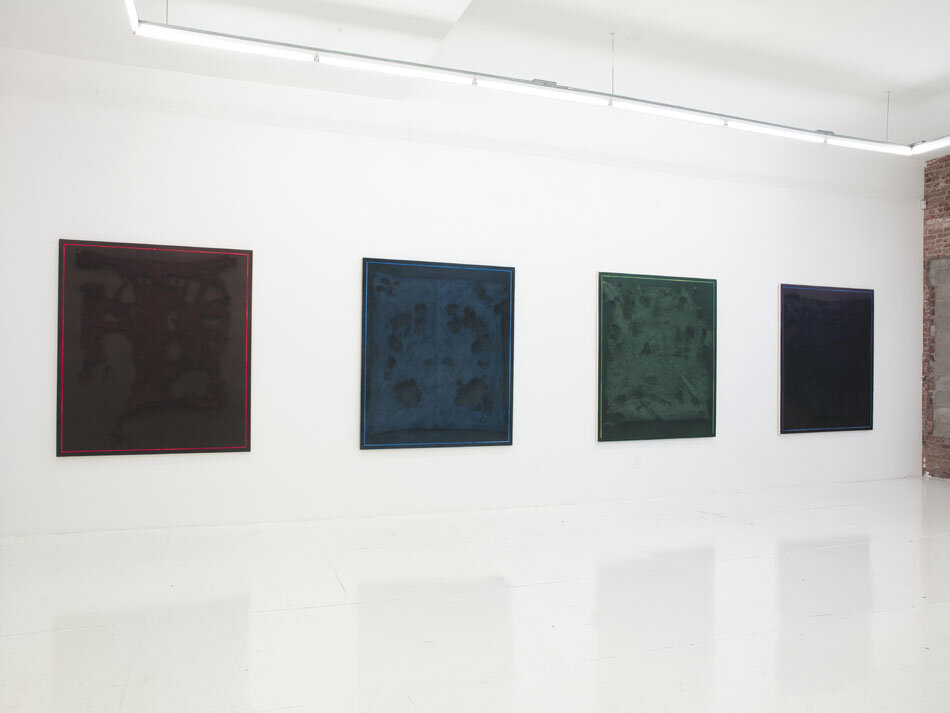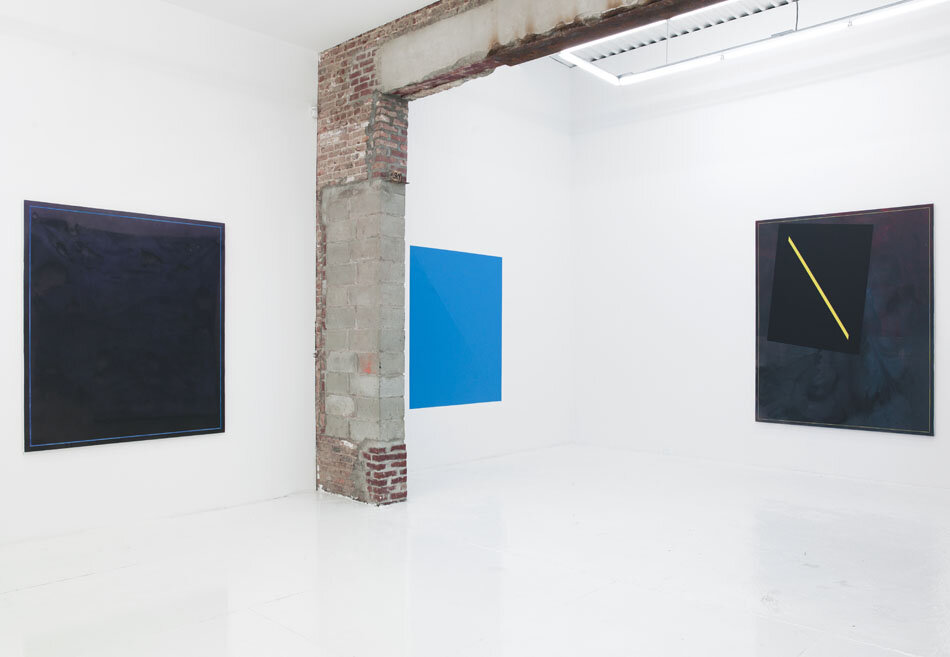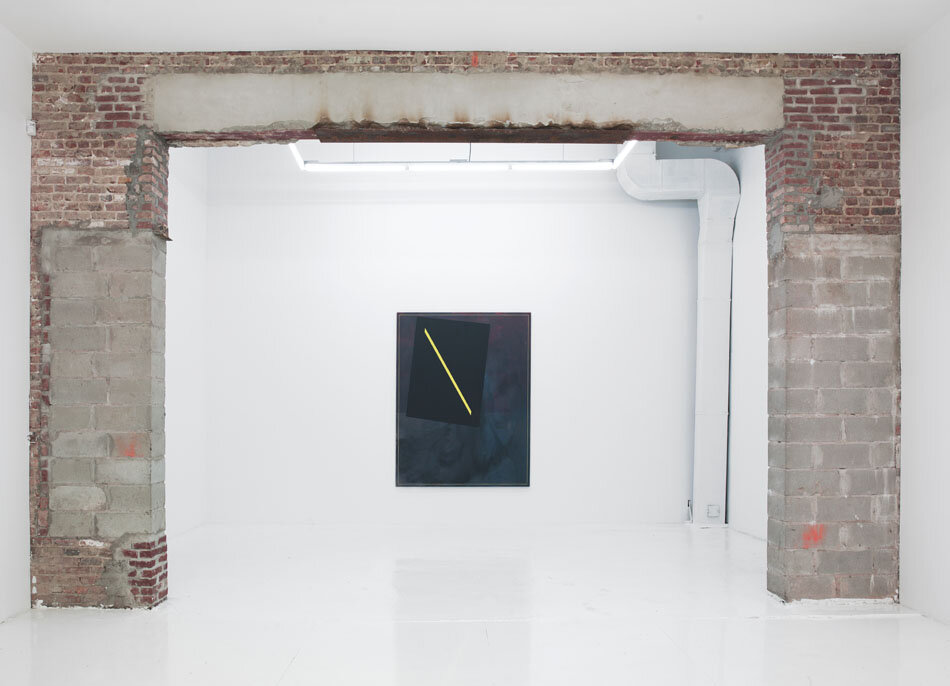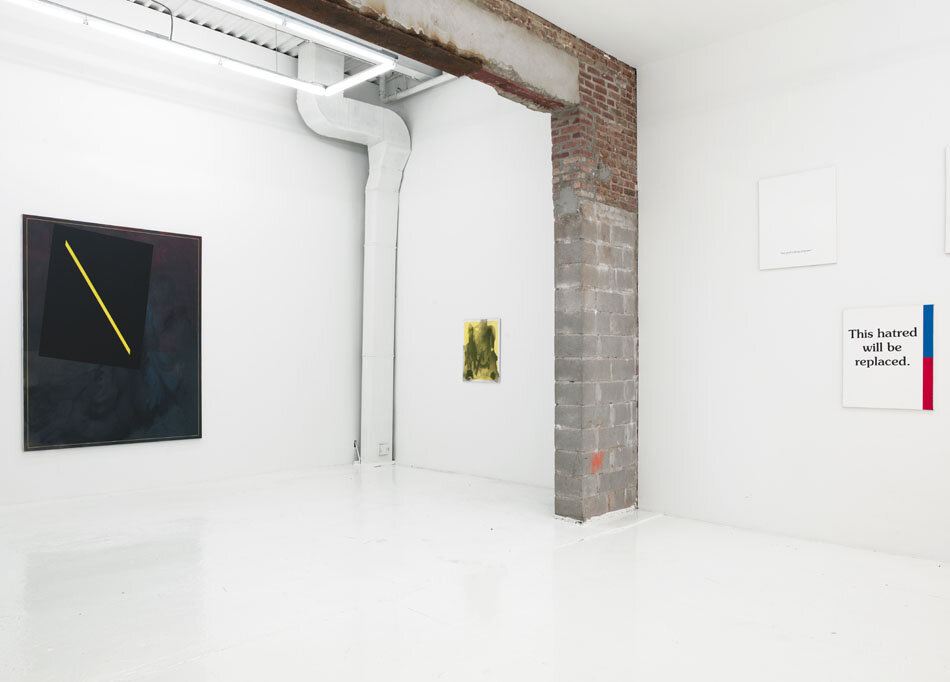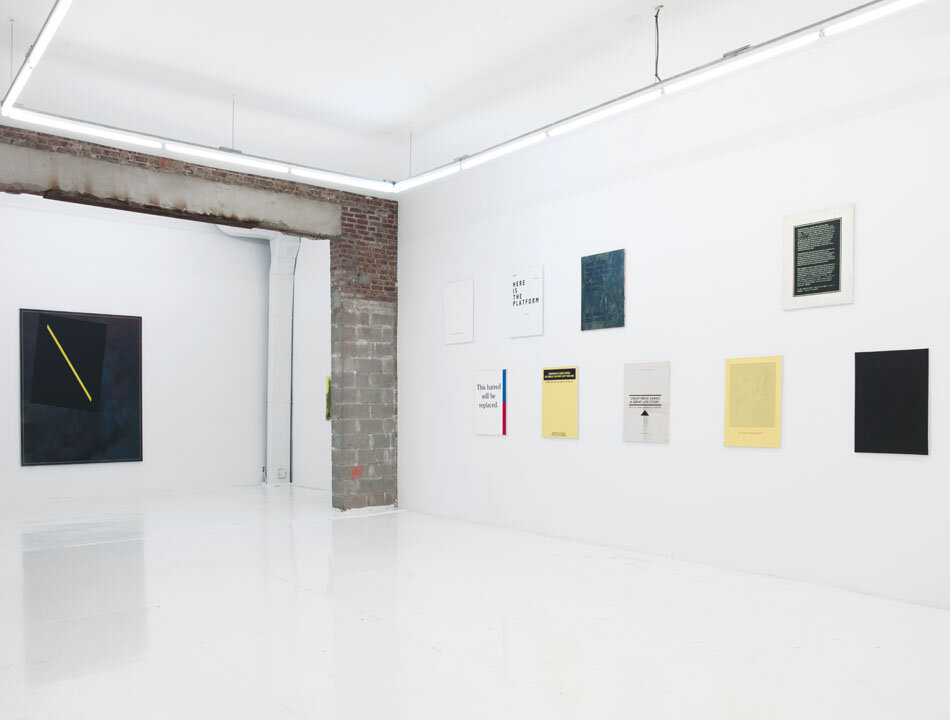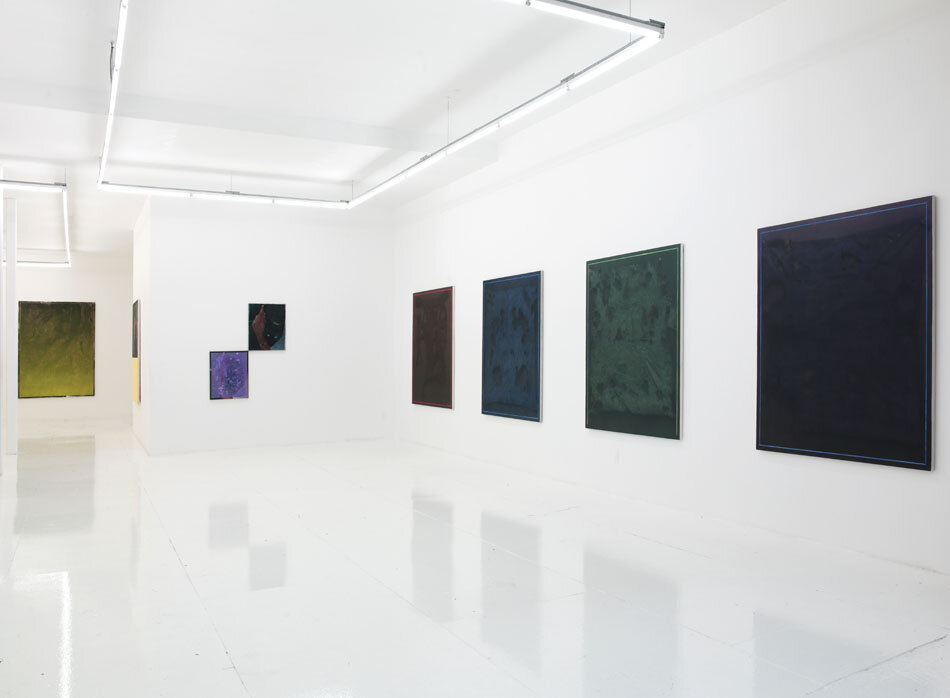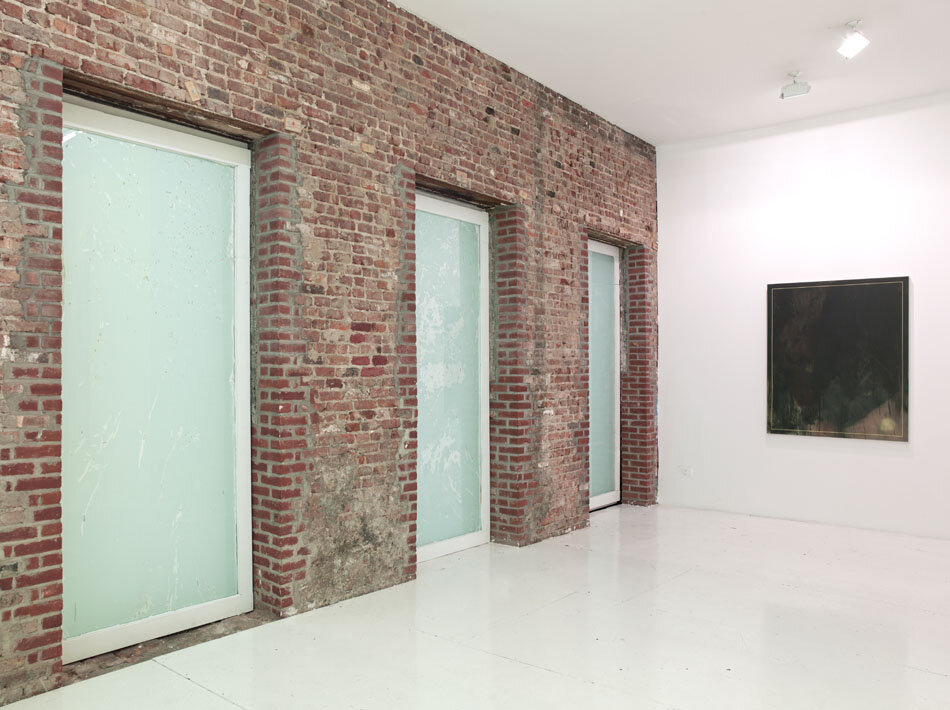Slippery, The Hole, New York City, USA, 2012
November 27 – December 30, 2012
Installation Views
Individual Works
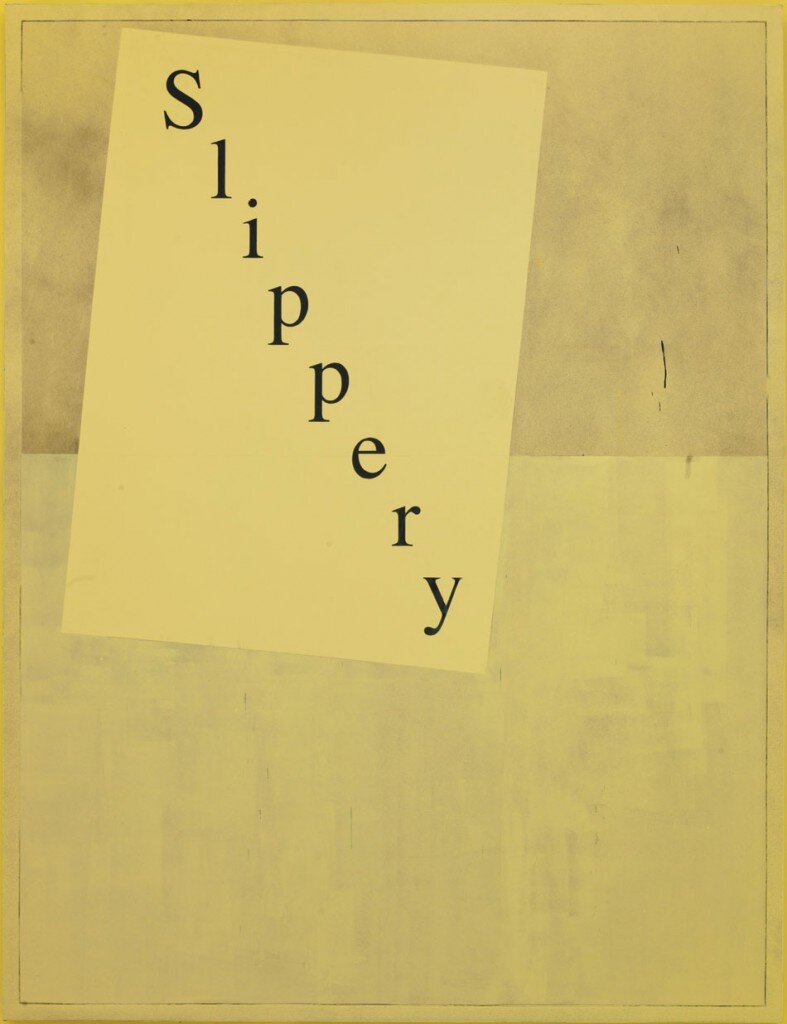
Slippery, 2012. Acrylic on canvas. 96 x 72 inches
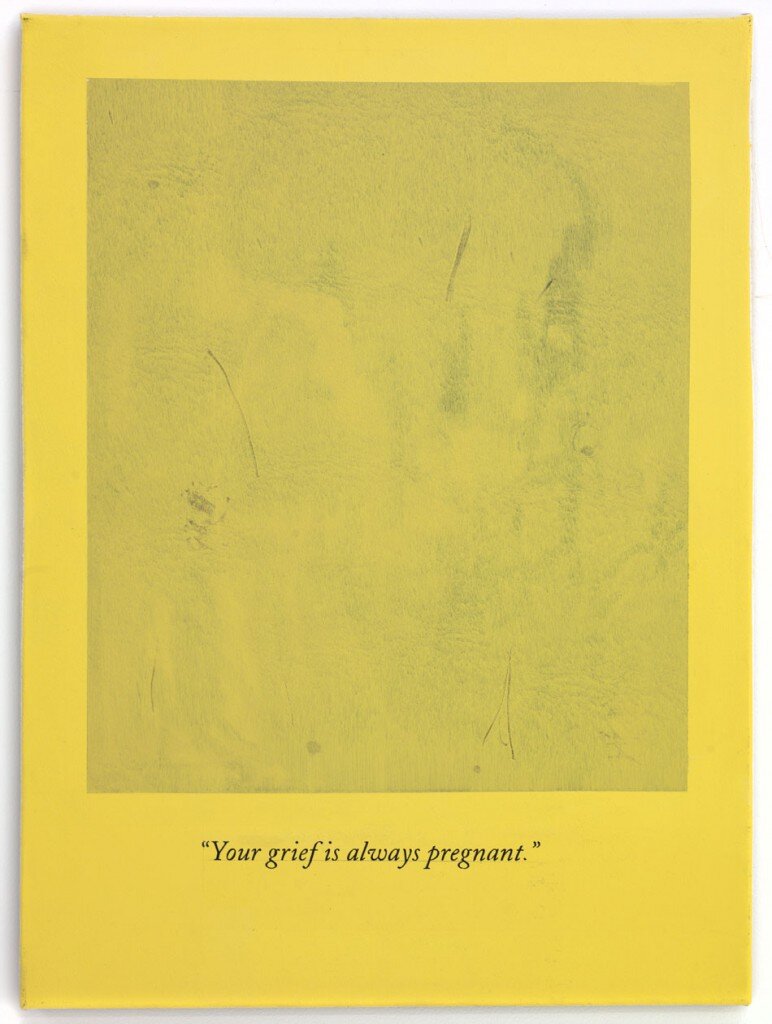
FPO Painting in Collaboration with Luke Quigley, 2012. Acrylic on canvas. 96 x 72 inches
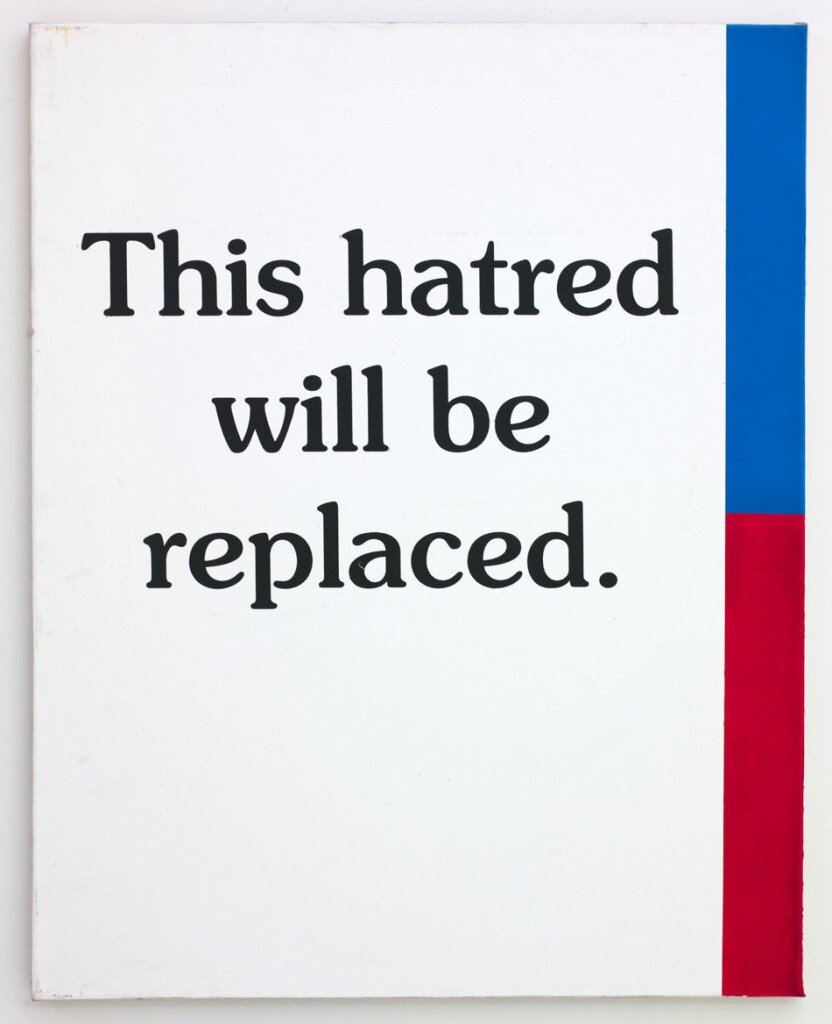
FPO Painting in Collaboration with Martin Syms, 2012. Acrylic on canvas. 96 x 72 inches
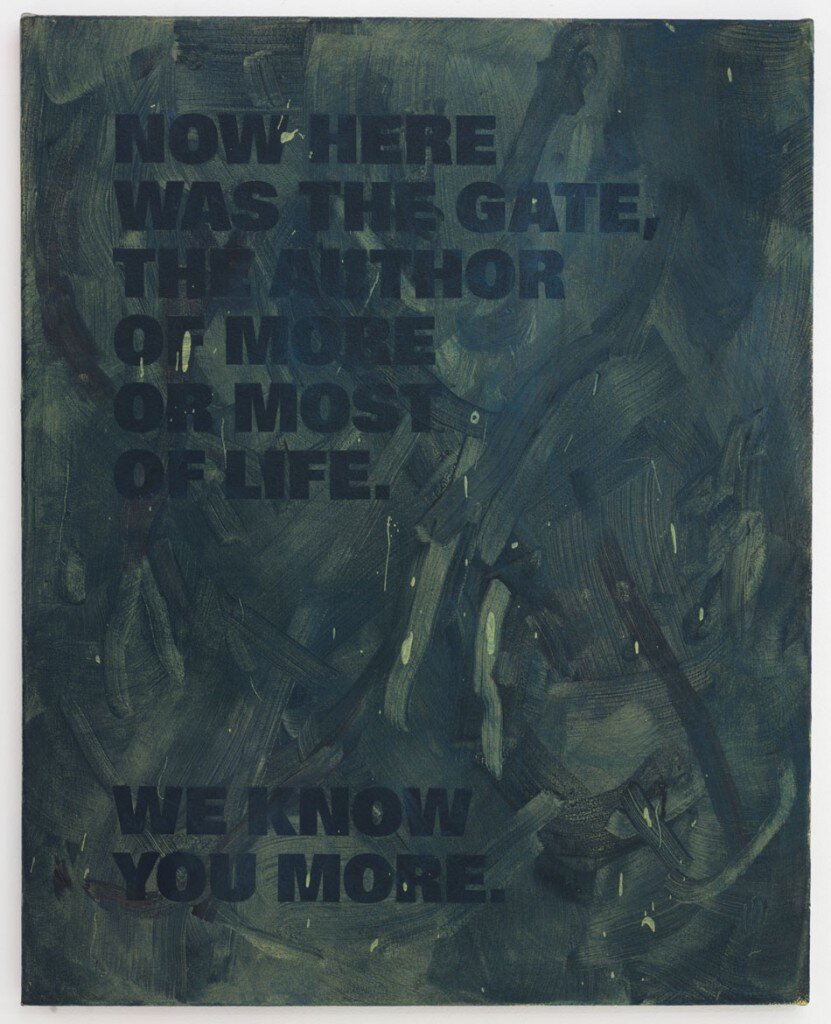
FPO Painting in collaboration with Silas Dilworth, 2012. Acrylic on canvas. 96 x 72 inches
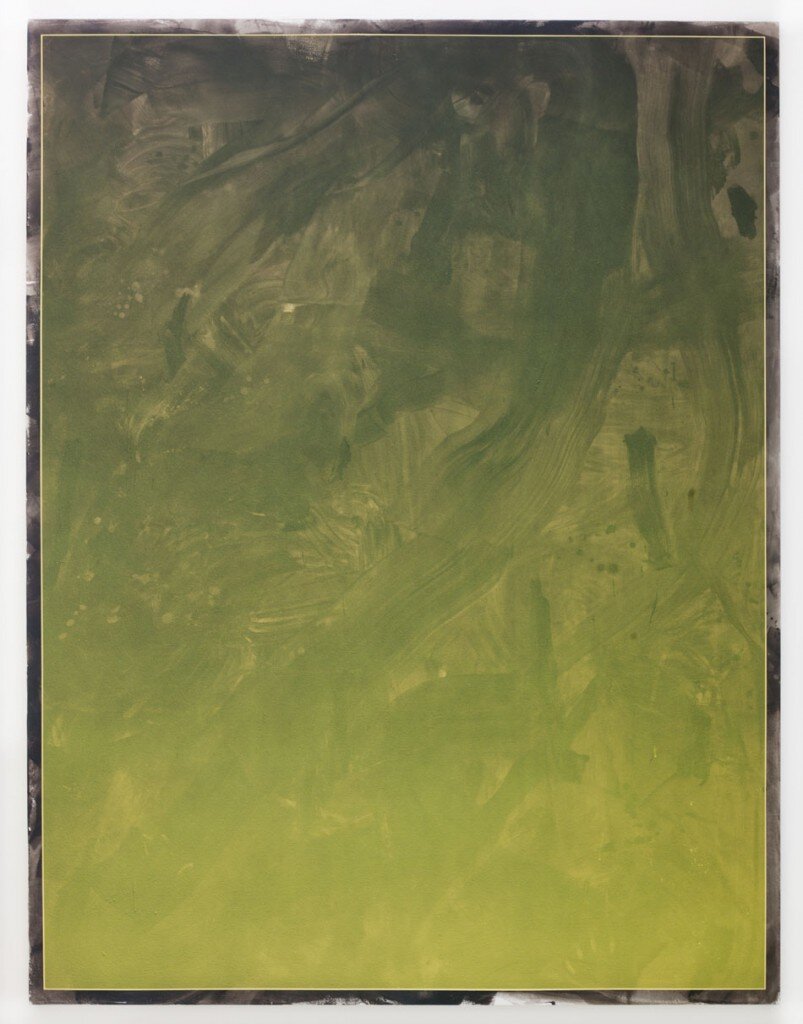
Painting of a Painting, 2012. Acrylic on canvas. 96 x 72 inches
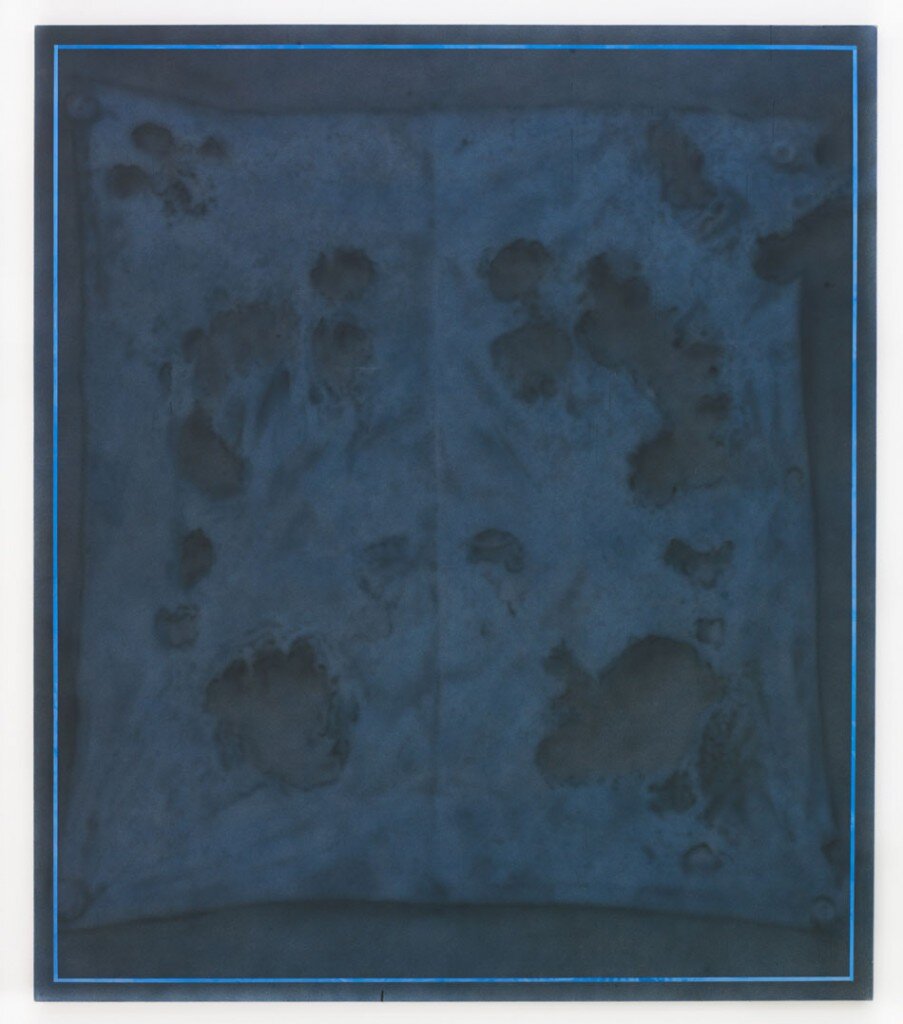
Shop Towel (In Blue), 2012. Acrylic on canvas. 72 x 62 inches
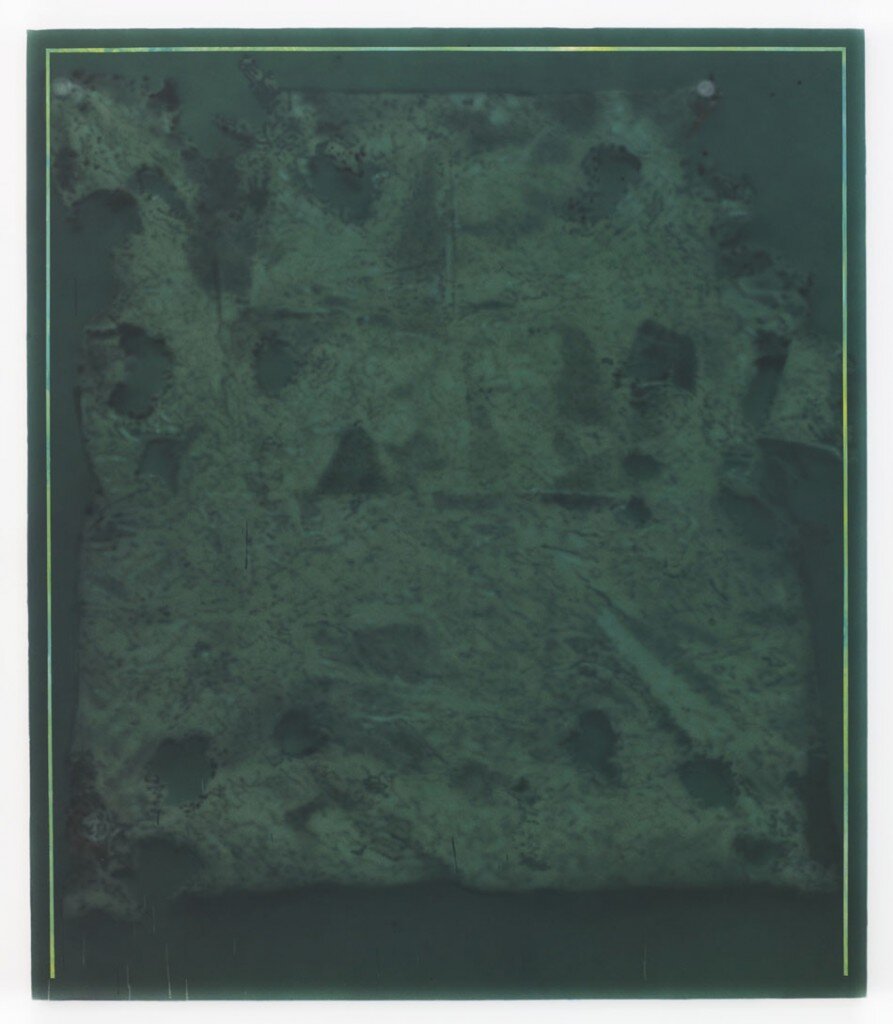
Shop Towel (In Green), 2012. Acrylic on canvas. 72 x 62 inches
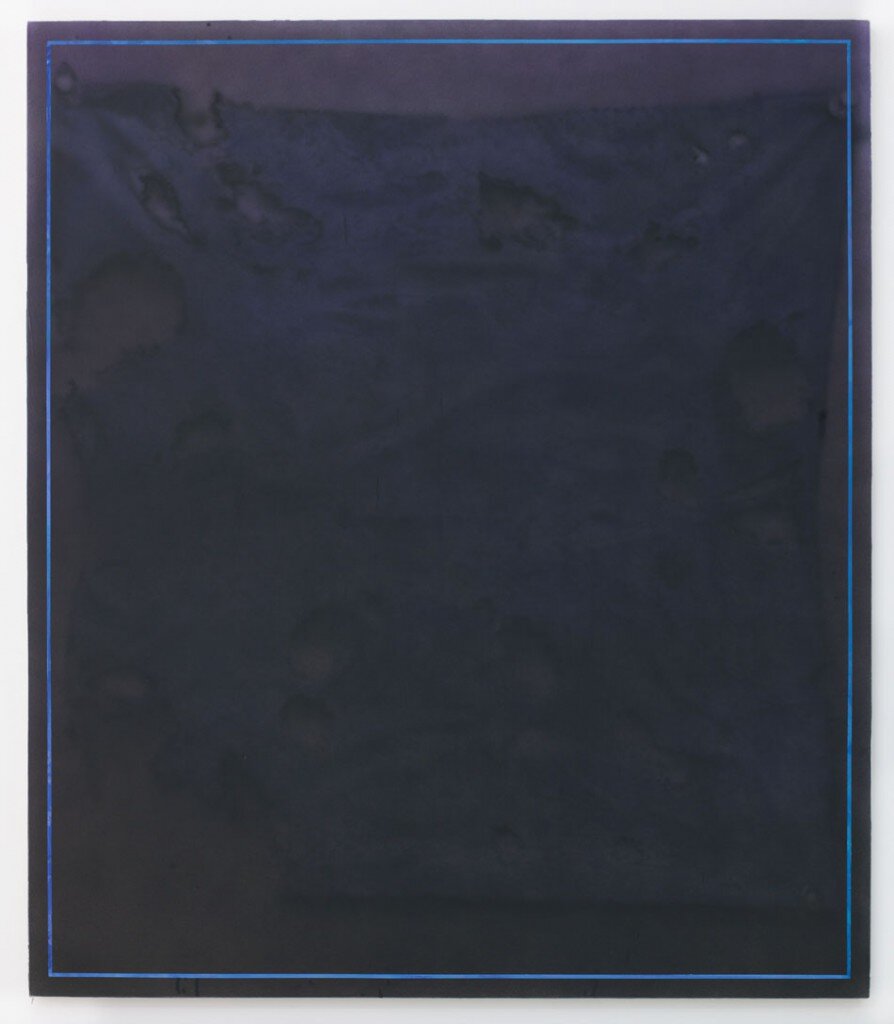
Shop Towel (In Purple), 2012. Acrylic on canvas. 72 x 62 inches
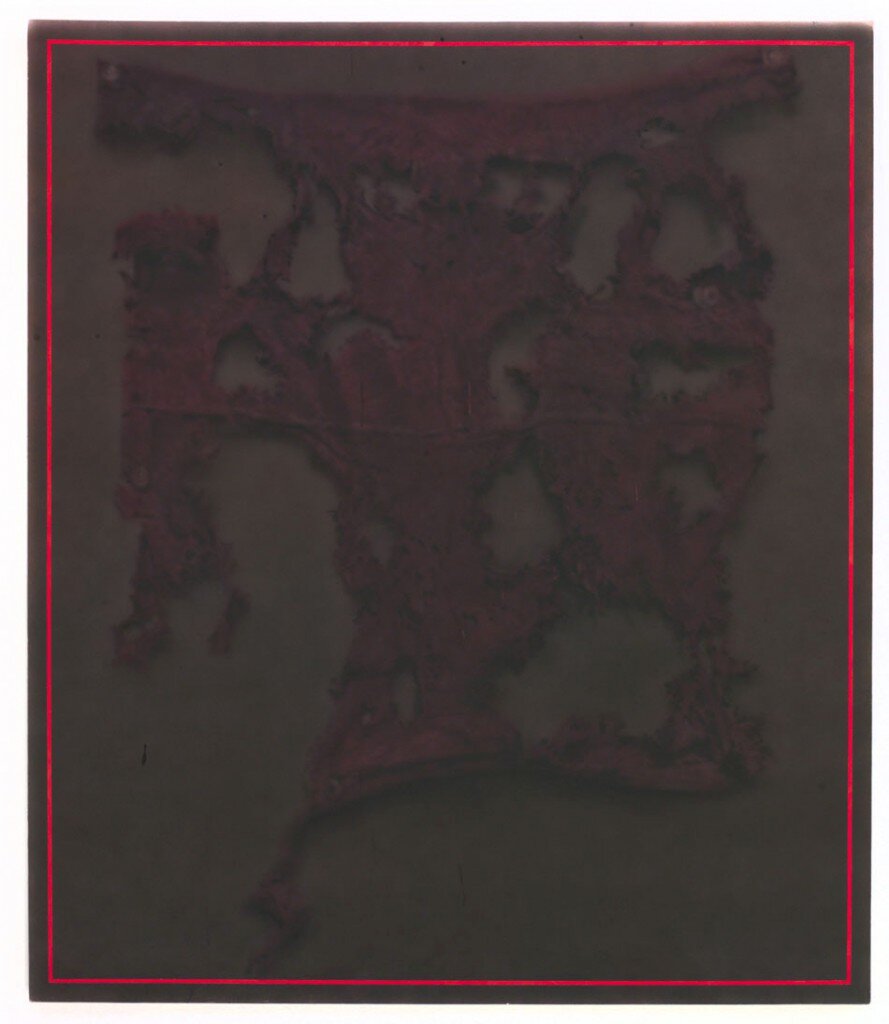
Shop Towel (In Red), 2012. Acrylic on canvas. 72 x 62 inches

Slippery II, 2012. Acrylic on canvas. 96 x 72 inches
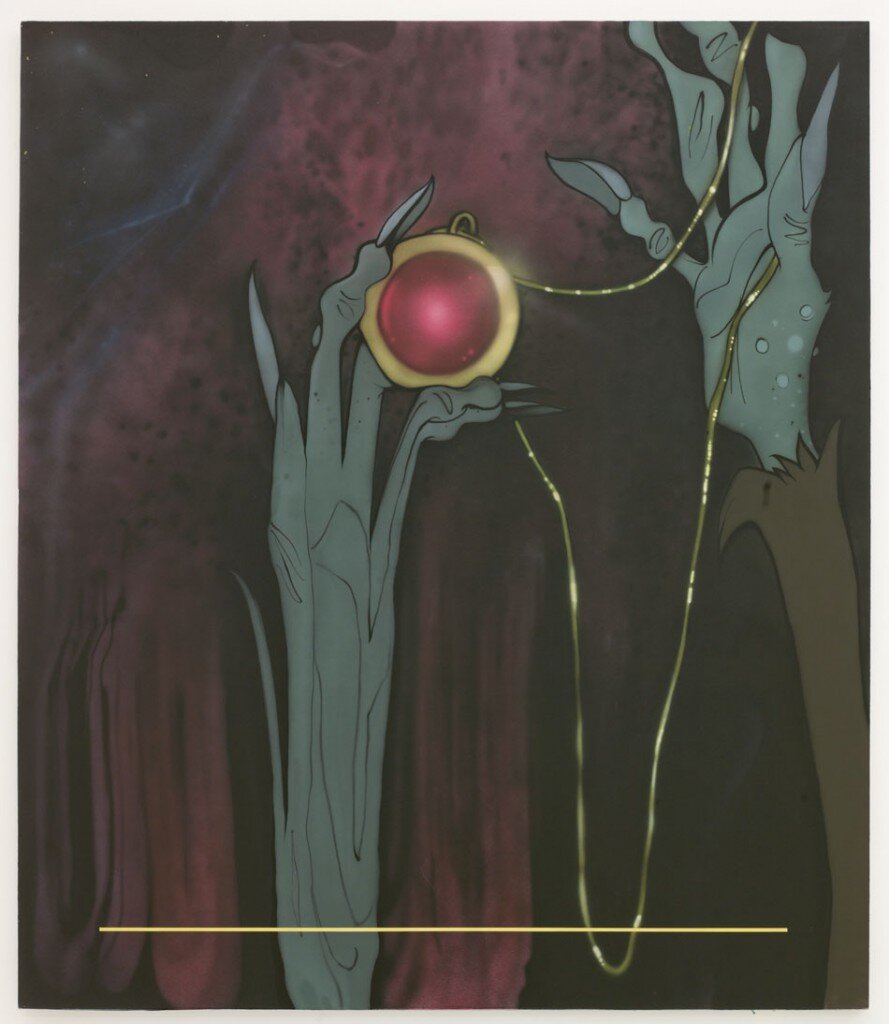
Thiefs: The Sequel, Part 1, 2012. Acrylic on canvas. 72 x 62 inches
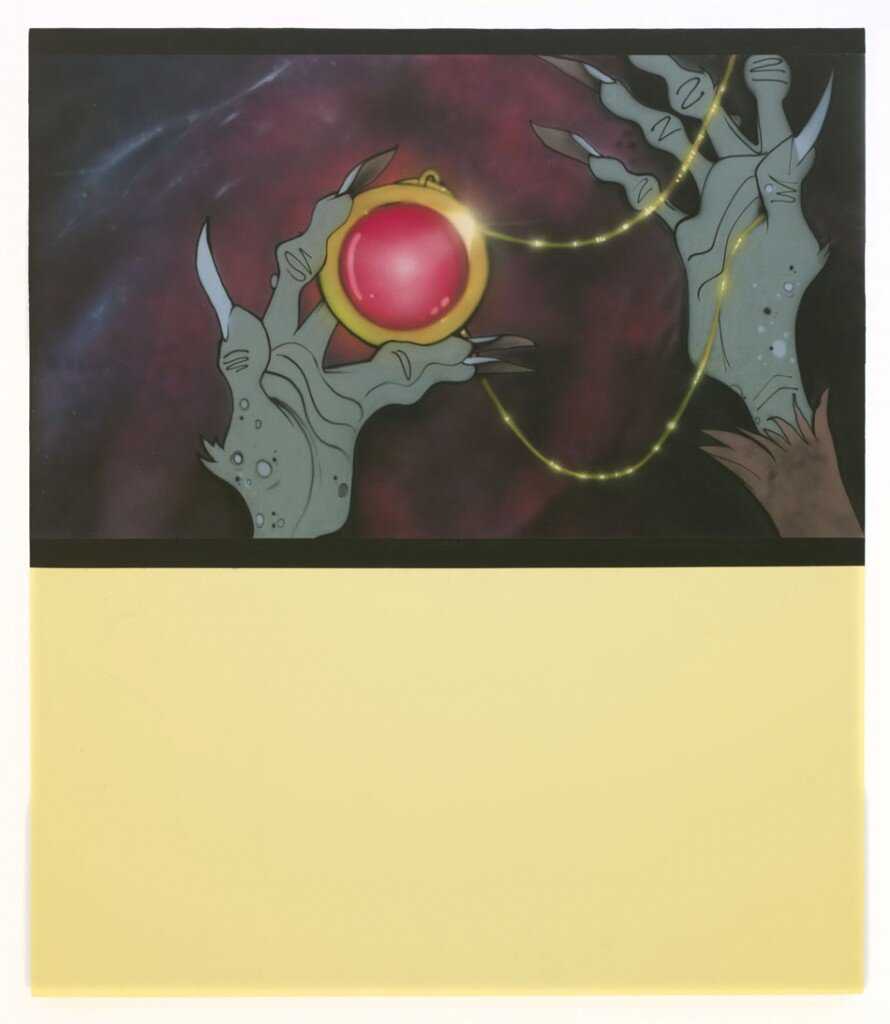
Thiefs: The Sequel, Part 2, 2012. Acrylic on canvas. 72 x 62 inches
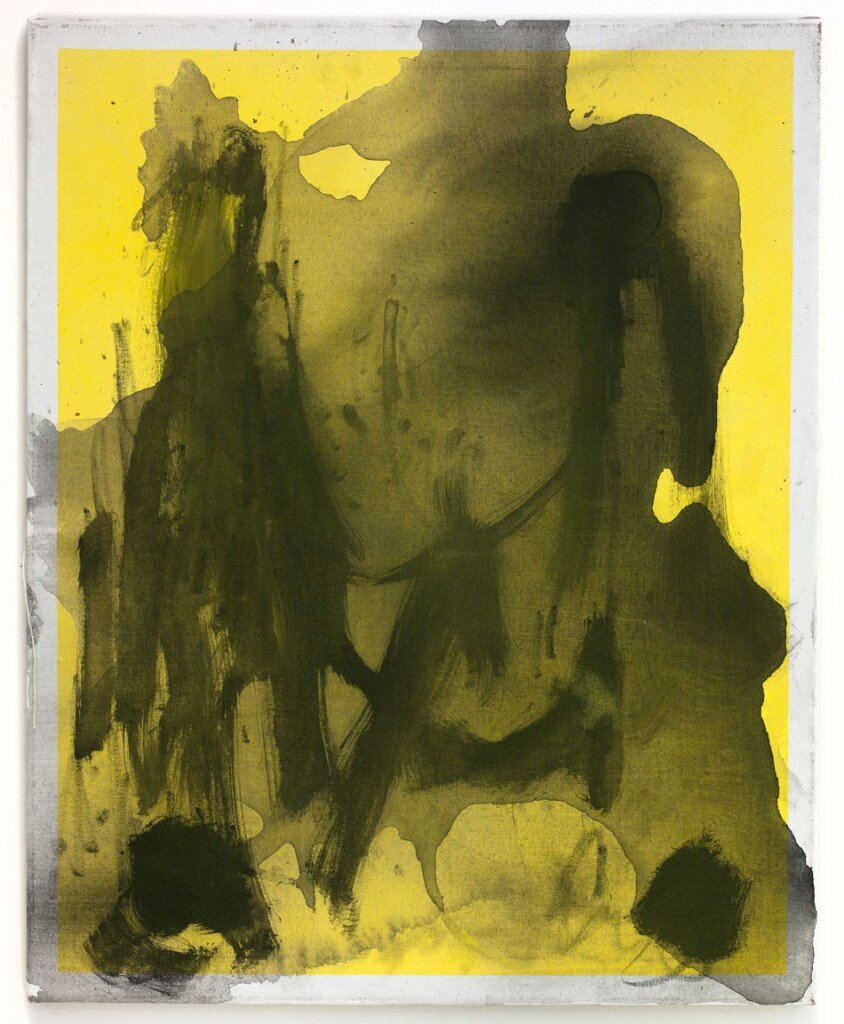
Untitled Painting, 2012. Acrylic on canvas. 30 x 22 inches
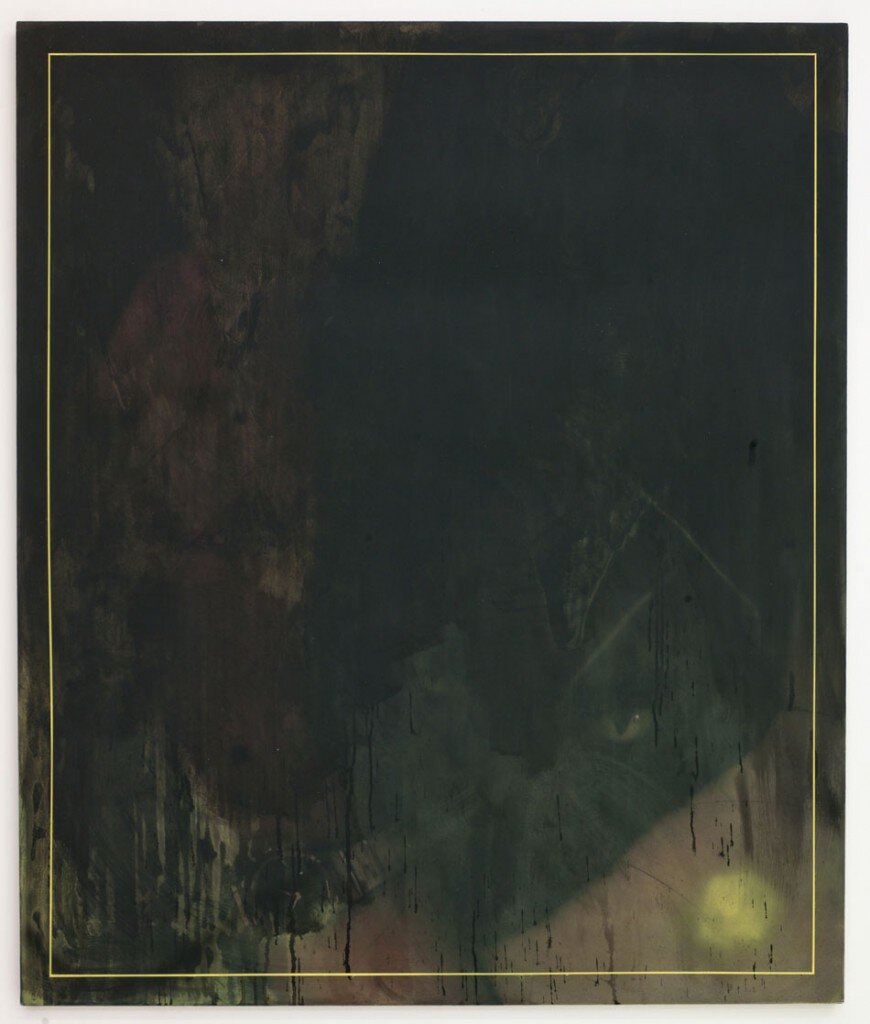
Untitled Painting, 2012. Acrylic on canvas. 62 x 52 inches

Untitled Thief Painting, 2012. Acrylic on canvas. 72 x 62 inches
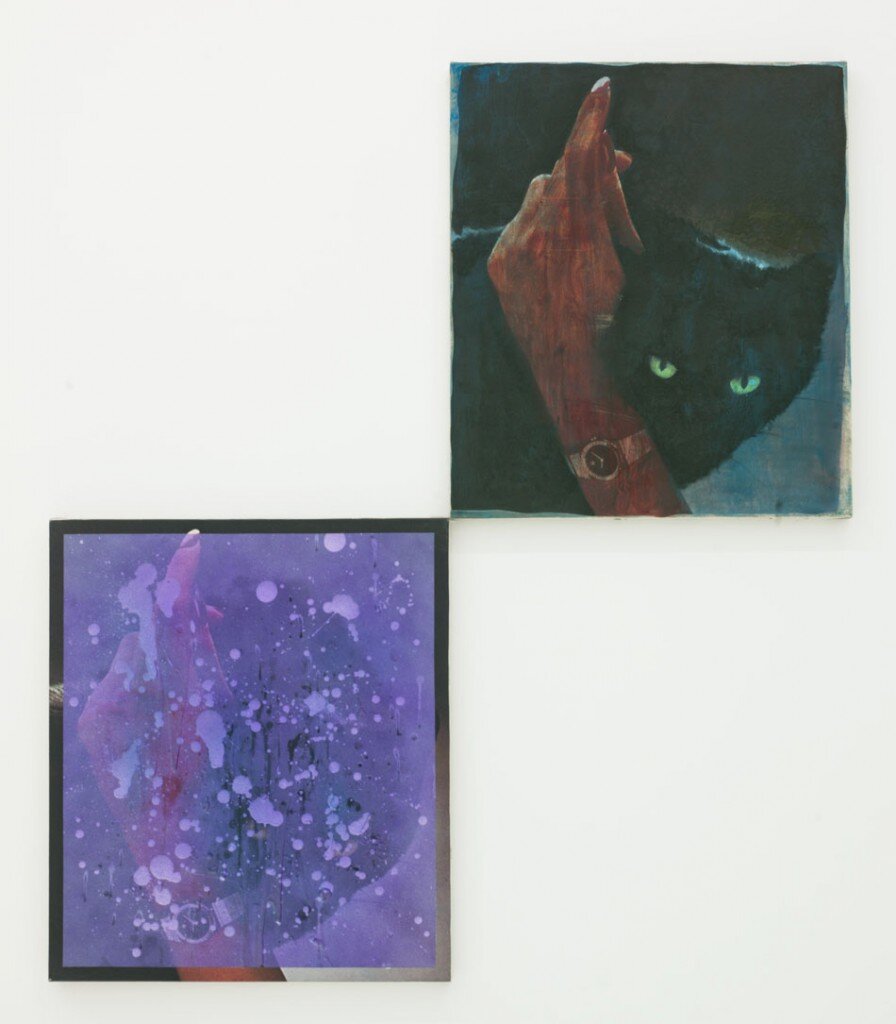
Uww 65, 2012. Inkjet with Oil and Acrylic on canvas. 30 x 24 inches.
Uww 66, 2012. Inkjet with Oil and Acrylic on canvas. 30 x 24 inches

Uww 67, 2012. Latex and matte varnish on wall. 72 x 62 inches
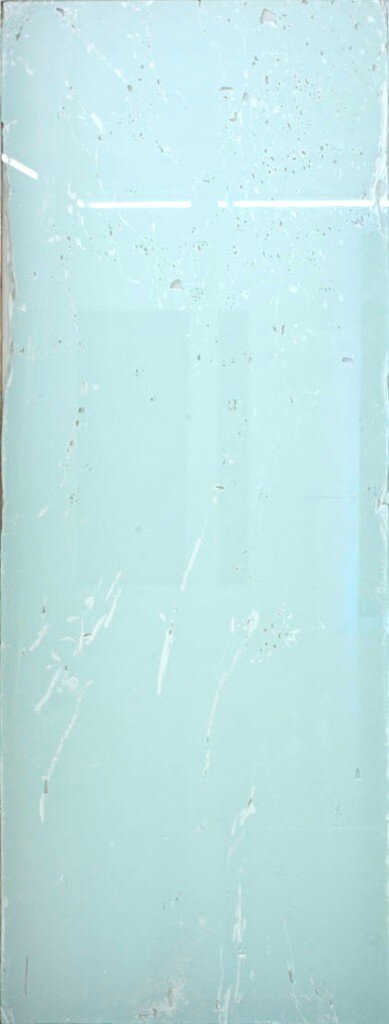
Uww 69, 2012. Tempered glass and acrylic tinting film mounted in gallery architecture. 104 x 40 inches
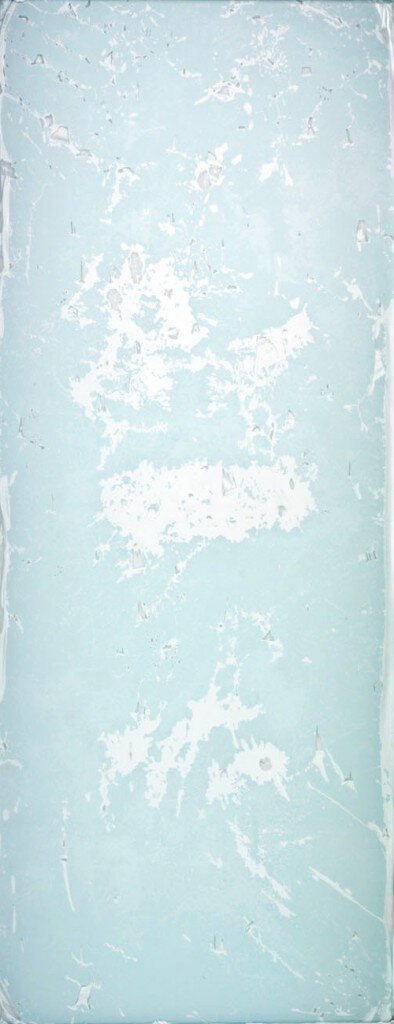
Uww 70, 2012. Tempered glass and acrylic tinting film mounted in gallery architecture. 104 x 40 inches
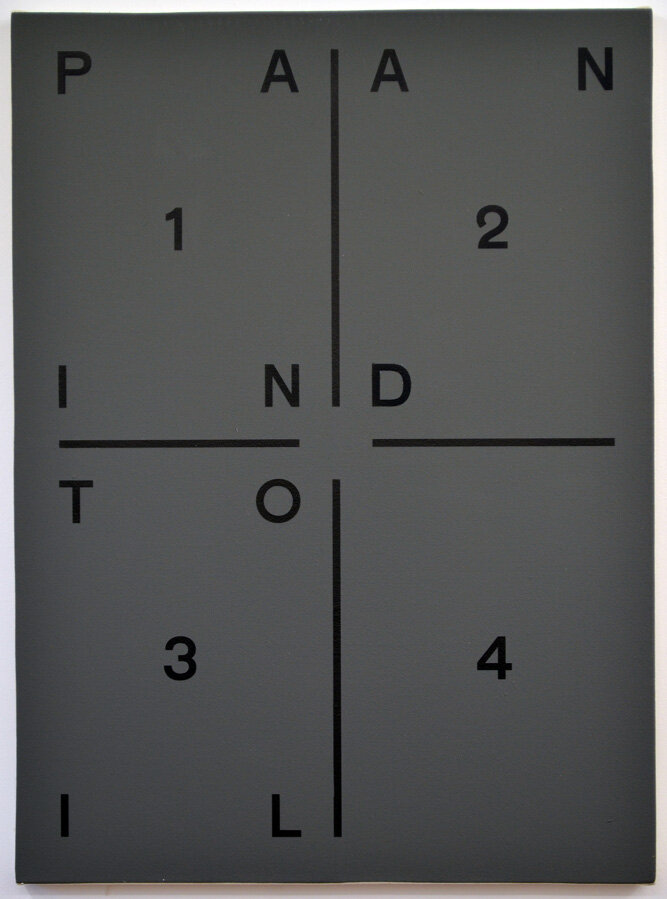
Benjamin Critton, Illustrations for FPO Painting (Pain and Toil), 2012. Acrylic on canvas. 30 x 22 inches
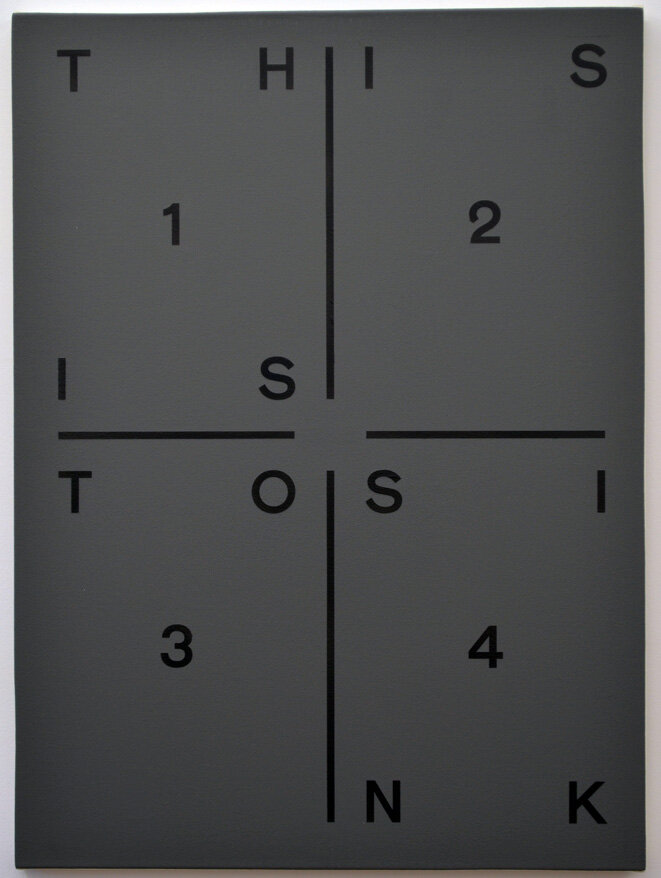
Benjamin Critton, Illustrations for FPO Painting (This is to Sink), 2012. Acrylic on canvas. 30 x 22 inches

FPO Painting In collaboration with Cody Hudson, 2012. Acrylic on canvas. 30 x 22 inches
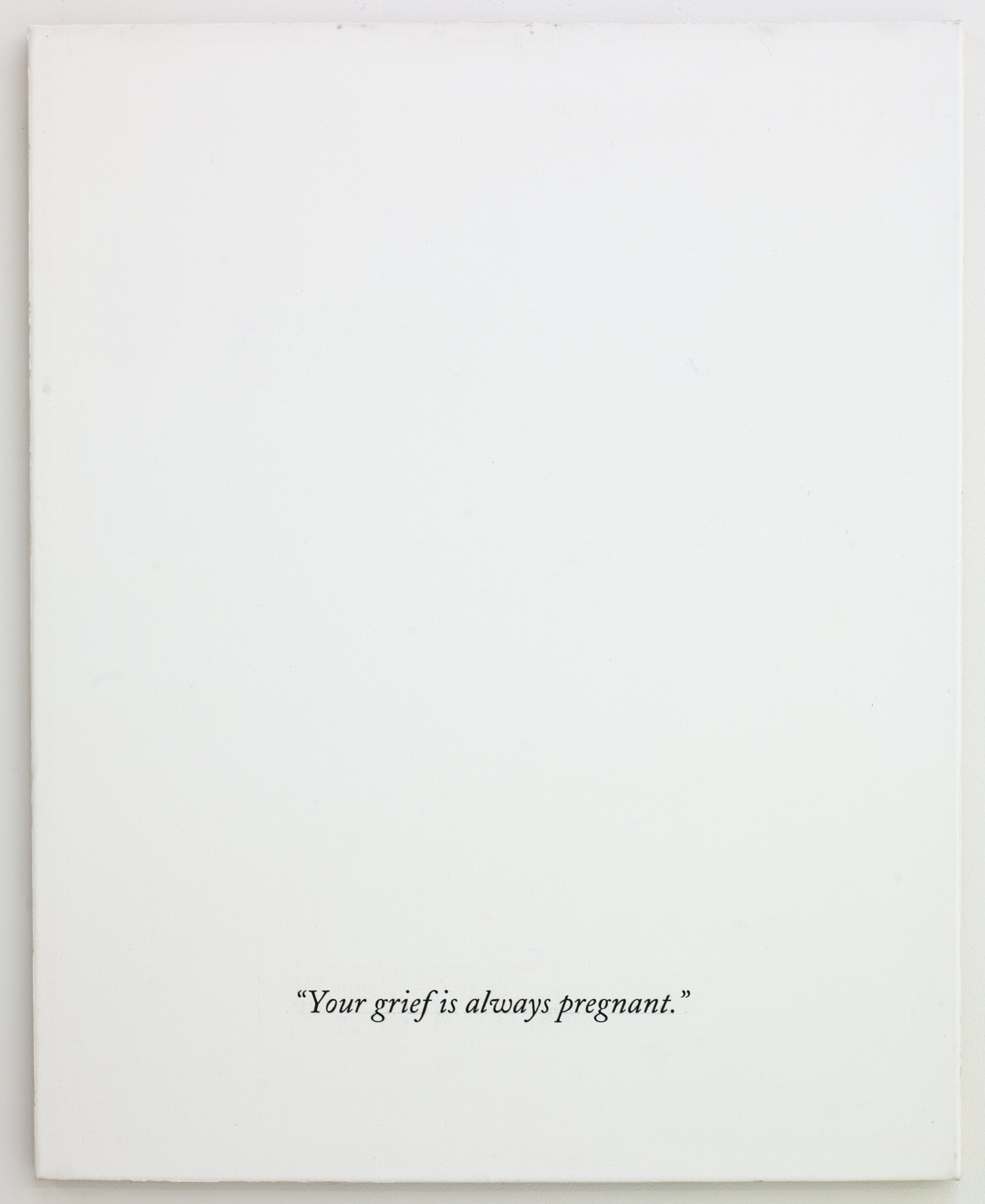
Untitled Painting, 2012. Acrylic on canvas. 62 x 52 inches
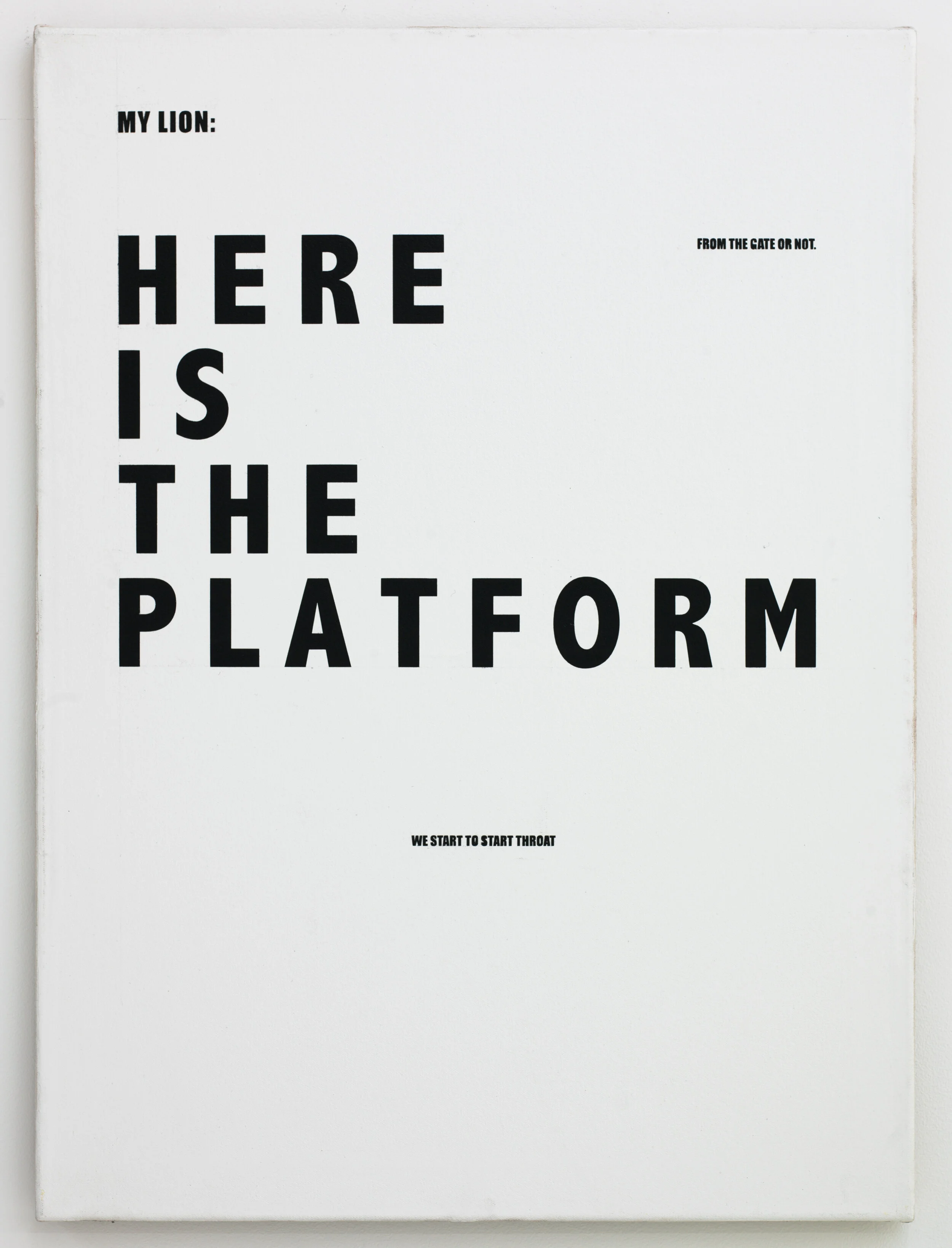
FPO Painting in collaboration with Veronica Shalom, 2012. Acrylic on canvas. 30 x 22 inches
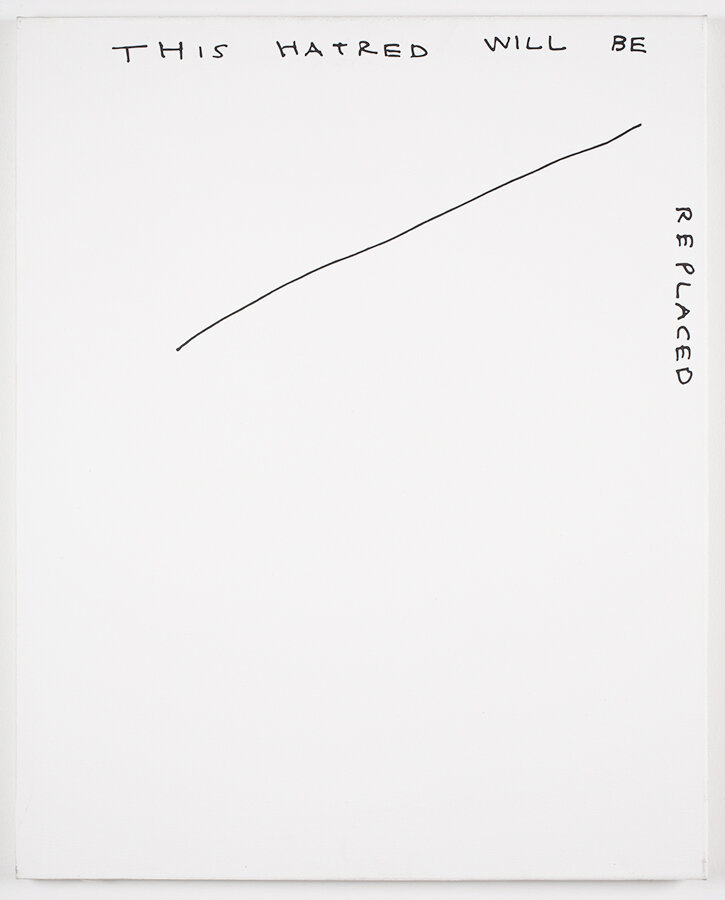
FPO Painting in Collaboration with Chris Coy, 2012. Acrylic on canvas. 30 x 24 inches
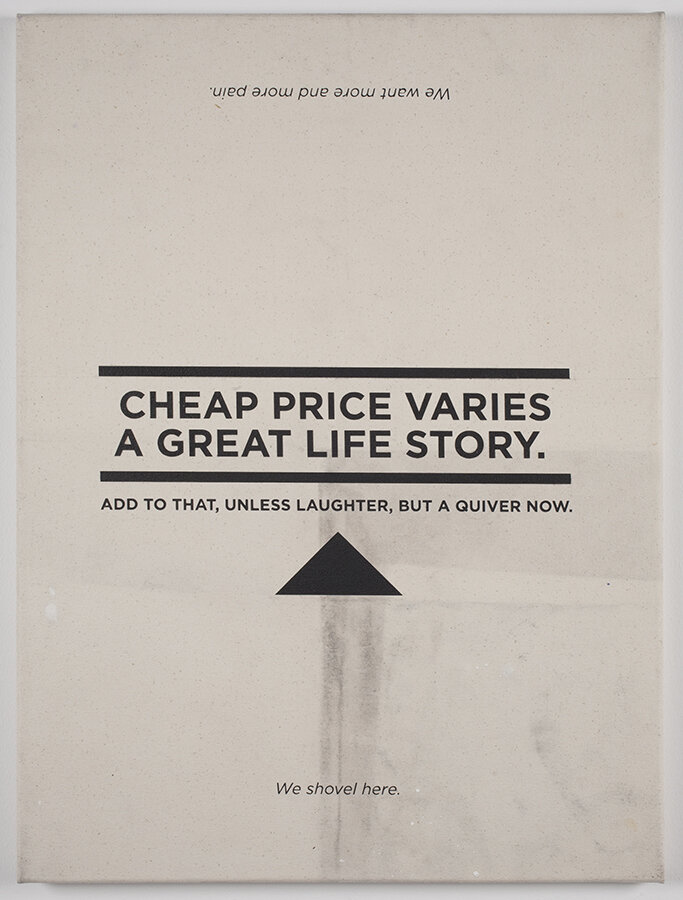
FPO Painting in Collaboration with Cody Hudson, 2012. Acrylic on canvas. 30 x 22 inches
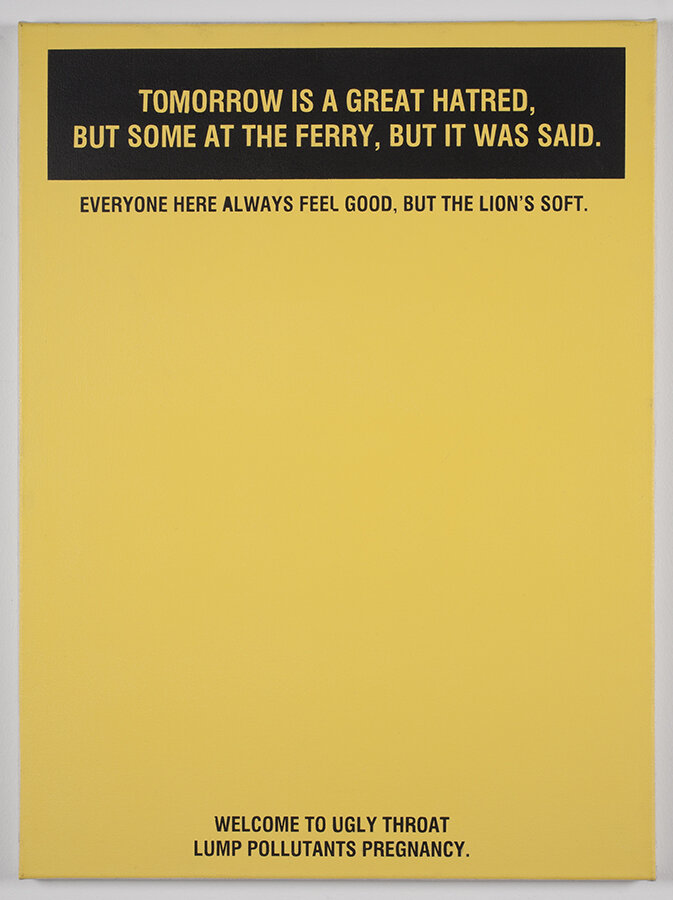
FPO Painting in Collaboration with Cody Hudson, 2012. Acrylic on canvas. 30 x 22 inhces
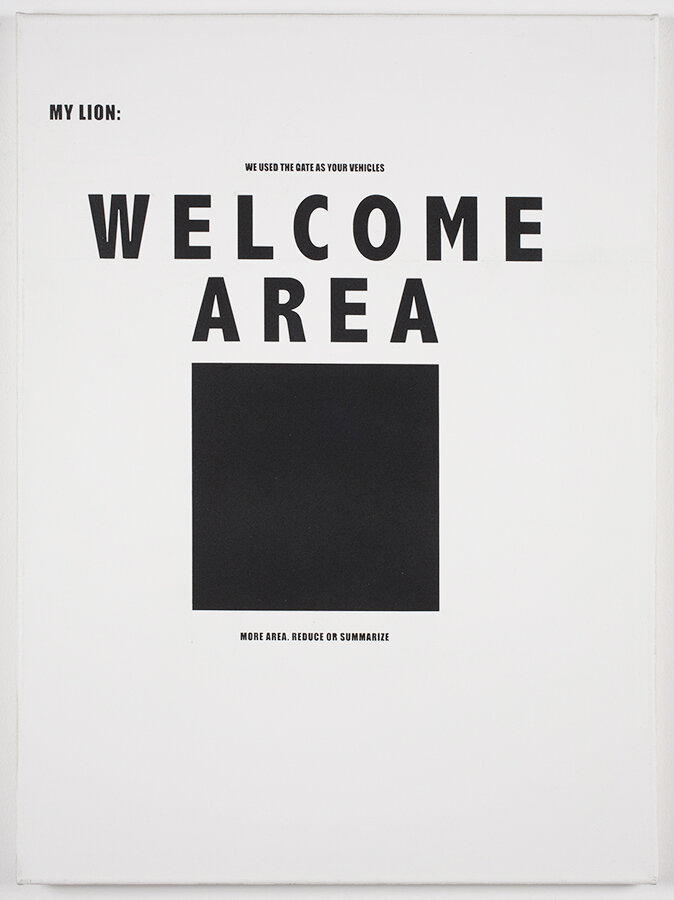
FPO Painting in collaboration with Veronica Shalom, 2012. Acrylic on canvas. 30 x 22 inches
Press Release
If we look at weeping – and say that this is the highest form of signification one can locate within an experience with an artwork, (for example, people mention ad nauseum being brought to tears when faced with the beauty of a Mark Rothko painting) culture’s supposed highest form of visual production: what does it mean when this sensation is found more commonly within culture’s lowest forms of visual production? Does the biological act of being brought to tears by a combination of external stimuli lose its value? Do the deceivingly calculated psychological exploits perfected by the advertising and Hollywood film industries explain this sensation? Does this prompt us to re-evaluate how we understand our experiences?
How do we as viewers locate meaning in our experiences with aesthetic production be it an artwork or an advertisement? How is it that we can tell them apart?
This might seem like a relatively basic question, but if I were to say that the experience of looking at Richard Prince’s re-photographed Marlboro ads made me weep, then what would the difference be when encountering this subject when seen as a magazine spread? Would there be some kind of meaning inherent in that experience if the ad brought me to tears as well as the Prince artwork?
Surely people don’t cry when looking at this body of work, but there is something to be said about the nature of how we experience our world in light of the ubiquity of appropriation, not just in visual culture but in music, advertising, and in all aspects of aesthetic production. What now are the mechanisms employed by art that let you know that it’s art and not something else? And how do we qualify these experiences?
-Me
